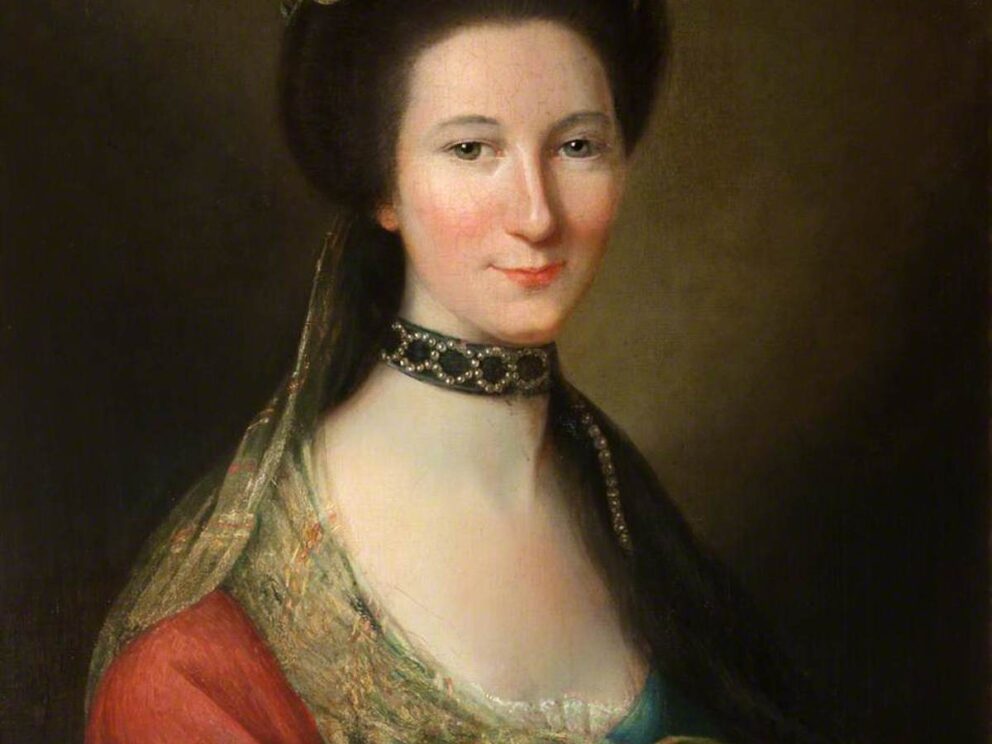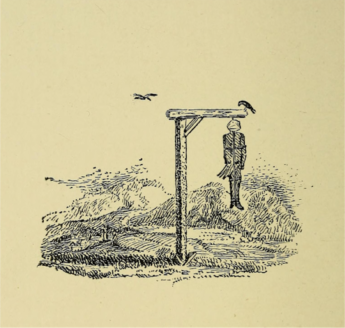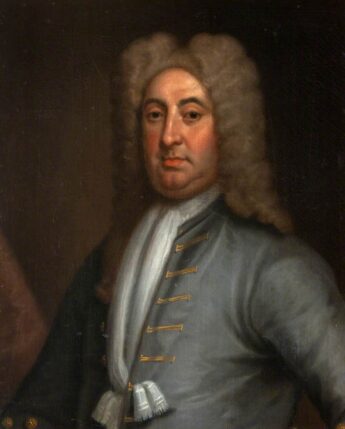International Women’s Day: Margaret, Lady Billie of Paxton House

For International Women’s Day, we’d like to turn the spotlight on one of the most redoubtable women in the history of Paxton House.
Paxton House’s Matriarch
The matriarch of the Home family of Paxton is Margaret, Lady Billie (1700-1751), mother of Patrick Home of Billie who built this fine Palladian house on the Scottish Borders in 1756. By the time the first stone was laid, Margaret had been dead for five years and the manner of her death tends to overshadow her achievements in life. Margaret, after all, was murdered by the butler.
Murdered by the Butler
It is an extraordinary story. The butler, more precisely, Margaret’s ‘confidential servant’ (butlers are really a feature of Victorian not Georgian households) was Norman Ross and in 1751 he was in trouble. It seems that he may have needed money because his liaison with another servant had resulted in her pregnancy and he hatched a desperate scheme. He knew that Margaret kept the money collected in rents in a locked box under her bed behind a locked bedroom door for safekeeping, so, the night after collection day, he hid in her bedroom at night hoping to lay his hands on the cash and make off with it. Things did not go according to plan.
Unfortunately for Norman Ross, Margaret was a light sleeper and woke at the wrong moment. He grabbed a knife which he may have had with him or she may have kept beside her bed, and stabbed her. He then

leapt from a window and attempted to escape. The fall from the window broke his leg and anyway, Margaret lived long enough to identify him. After a manhunt, Norman Ross was convicted of murder in the Edinburgh courts and sentenced under the Old Scots Criminal Code, to have his right hand cut off and for his body hung in chains, a rather gruesome punishment which he was the last man in Scotland to suffer. The contemporary court records give us a full account of Norman’s crime and Margaret’s death.
A Woman of Character

Margaret Home’s grisly death give us a hint of her life and character. It is hard not to believe that it was determination that kept her alive to see her assailant brought to justice. Her life also suggests a woman of real resolve. The eldest daughter of Sir George Home of Wedderburn, she was brought up at Wedderburn Castle. When her father threw in his lot with the Jacobite forces at the battle of Prestonpans in 1715, he was captured, condemned for treason and his lands were forfeited. Life must have suddenly seemed very uncertain for Margaret. His cousin, the Reverend Ninian Home, claimed the estates had been made over to him as surety for a debt, a claim upheld by the Crown, and he secured his ownership in 1726 by marrying Margaret, the heiress. The Reverend Ninian was 30 years her senior but the marriage does not seem to have been an unhappy one and they went on to have eleven children of whom six survived to adulthood. We can perhaps see Margaret’s influence in the entail drawn up in 1733, by which the Reverend Ninian left the Wedderburn estates to her brothers rather than to his own children. Within two decades of his death, however, the Wedderburn inheritance also came to his son Patrick.
Margaret takes Charge
The year 1740 must have been a sad one for Margaret as it saw the death of her eldest son, Ninian, when he was sixteen, and of his younger brother Andrew who was only 4. Her husband lived to the good age of 74 but after his death in 1744, Margaret, now in her mid-forties, managed her estates single handed on behalf of her sons for the next seven years. Freedom from annual pregnancy allowed her to take charge and she personally collected rents from her tenants, perhaps allowing her murderer little scope for a simpler theft. She was confident enough in her management abilities to allow her second son, Patrick, to leave home to attend the University of Leipzig to further his education. When Patrick fell in love and threatened to take his inheritance to Prussia, Margaret reacted strongly and demanded that her son break off his relationship and leave Prussia immediately. He was still travelling when she was murdered.
The only portrait we have of Margaret was commissioned from David Martin by her son Patrick after her death so may not be a good likeness, but it shows a woman with fine features, dark hair and a slight smile. She has certainly earned her place in the history of Paxton and we are proud to remember her for International Women’s Day.